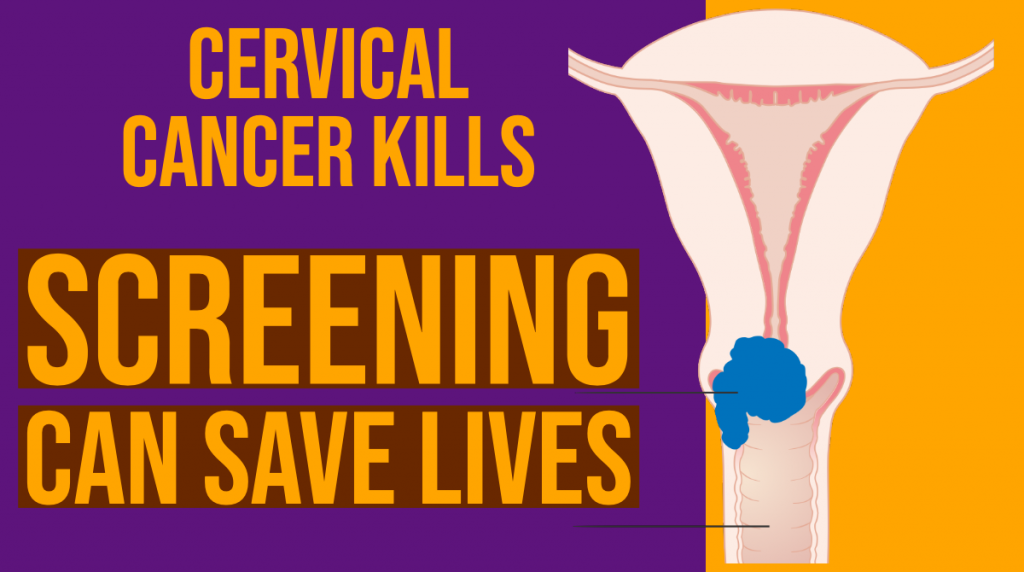By Dr. Sanjay Gupta, lead physician at the Binaytara Foundation Cancer Center
The uterine cervix is the lowest portion of uterus, connecting the uterus with vagina. The cancer arising from the cervix is known as cervical cancer. It is due to abnormal growth of cells that have ability to invade or spread to other parts of the body, most notably the lung, liver, bladder, vagina and rectum. However, cervical cancer is slow growing, so its progression through precancerous changes provides opportunities for prevention, early detection and treatment.
At early stage typically no symptoms are seen. Later symptoms include bleeding, pelvic pain and pain during sexual intercourse. Symptoms of advanced cervical cancer include: loss of appetite, weight loss, fatigue, pelvic pain, back pain, leg pain, swollen legs, heavy vaginal bleeding. Bleeding after douching or pelvic exam is a common symptom of cervical cancer.
Risk Factors
1). HPV: causes more than 90% of the cases
2). Smoking
3). Weak immune system
4). Birth control pills
5). Starting sex at young age
6). Multiple Partners
Screening
As with all cancers, an early diagnosis of cervical cancer is key to successful treatment and cure. Treating precancerous changes that affect only the surface of a small part of the cervix is much more likely to be successful than treating invasive cancer that affects a large portion of the cervix and has spread to other tissues.
Test for screening cervical cancer: Pap smear, Visual inspection with acetic acid(VIA), Visual inspection with lugol’s iodine(VILI),HPV
Screening recommendation for specific age group
<21 years: No screening recommended 21-29 years: Cytology (Pap smear) alone every 3 years
30-65 years: HPV and cytology both every 5 years and cytology alone every 3years
>65 years: No screening required if adequate prior screening has been negative and high risk is not present.
Prevention
• Make sure you get a Pap test to check for cervical cancer every 3 years if you are 21 or older.
• If you are 30-65, you can get both a Pap test and human papillomavirus (HPV) test every 5 years. Older than that, you may be able to stop testing if your doctor says you are low risk.
• If you are sexually active and have a higher risk for STDs, get tests for chlamydia, gonorrhea, and syphilis yearly. Take an HIV test at least once, more frequently if you’re at risk.
• Avoiding smoking
• Avoiding sex at early age
• Avoiding multiple partners
• HPV vaccination
Treatment
Treatment of cervical cancer varies according to the stages of the cancer at the time of diagnosis.
The available options of treatment are:
1. Surgery
2. Radiotherapy
3. Chemotherapy

